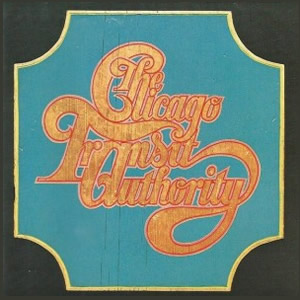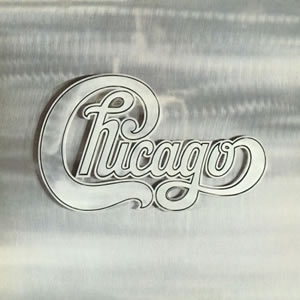Top 9 Rock Festivals
This week Classic Rock Review joins the celebration of the 45th Anniversary of the historic 1969 Woodstock Music Festival. In conjunction with Top 9 Lists, we present a list of the Top 9 […]

This week Classic Rock Review joins the celebration of the 45th Anniversary of the historic 1969 Woodstock Music Festival. In conjunction with Top 9 Lists, we present a list of the Top 9 […]

Buy Chicago V Continuing an incredible run of musical output and commercial success, Chicago released their fifth overall album in a 39 month span with 1972’s Chicago V. The fourth studio album by […]

Buy Chicago Transit Authority Chicago used their short-lived name for their double-length 1969 debut album, Chicago Transit Authority. From the inception, the seven member group fused brass, jazz, soul, and blues-based rock and […]

Buy Chicago II Officially titled Chicago, the second double-length album by the group with the same name saw their full immersion into mainstream success while still building on their fusion of rock, funk […]